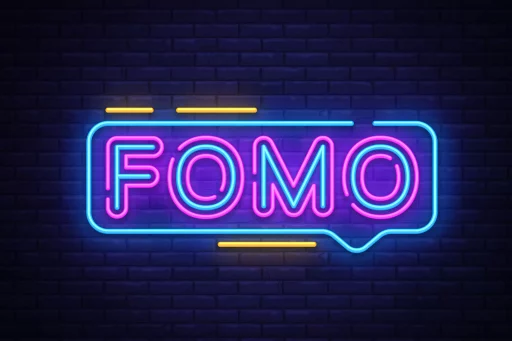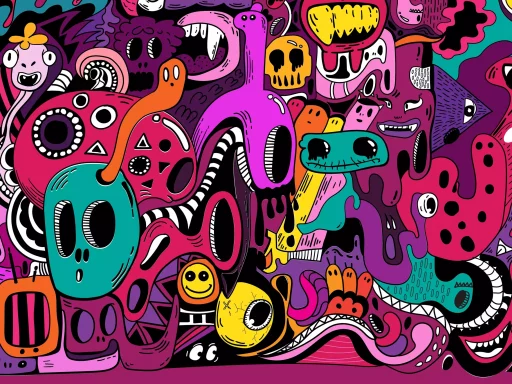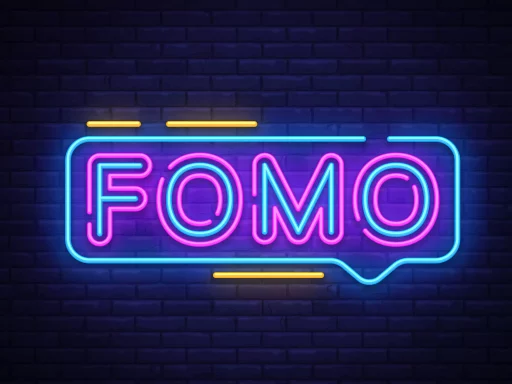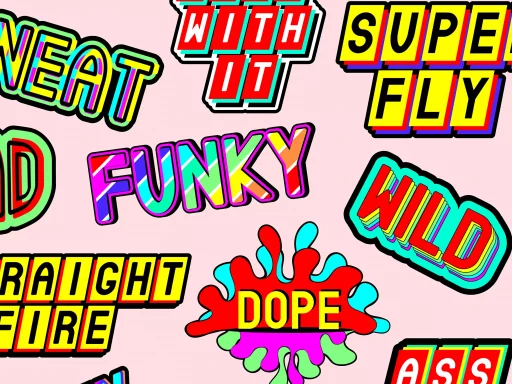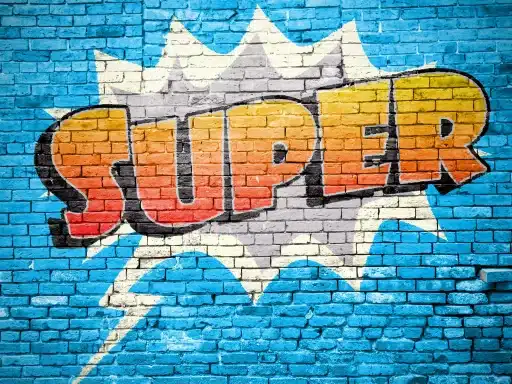Introduction to 2010 Slang
Slang plays a crucial role in shaping the cultural identity of a generation. The 2010s were no exception, particularly when it came to expressions describing fashion and style. As individualism took precedence, so did the extensions of language that represented personal expression and aesthetic choices. This article delves into the various slang terms from 2010 that were used to describe someone as ‘super stylish.’
Popular Terms and Their Meanings
- Swag: This term, often associated with confidence and style, was omnipresent in the 2010s. Swag encompasses a variety of fashion statements and is often marked by an effortless coolness.
- Chic: Derived from French, ‘chic’ signifies elegance and sophistication. In 2010, it became a common way to describe someone who embodies high fashion effortlessly.
- Drip: This term emerged as a way to describe someone’s fashionable attire. If you had ‘drip,’ it meant your style was not just good, but exceptional and noticeable.
- On Fleek: A phrase synonymous with perfection or looking good, this saying gained immense popularity in 2014 but had roots in 2010. It was often used to compliment someone’s outfit or overall style.
- Classy: While not exclusive to 2010, this term was frequently used to describe someone whose fashion choices were elegant and high-quality.
Case Studies of 2010 Slang in Fashion
In order to understand how these slang terms were integrated into daily language, examining popular figures and movements can provide clarity. Let’s take a look at a few case studies:
Fashion Icons of the 2010s
- Kanye West: An artist and fashion mogul, Kanye’s influence in the industry cannot be overstated. He often embodied ‘swag’ and operated as a brand himself, inspiring others to adopt brave fashion choices.
- Rihanna: With her ever-changing style that often included high fashion and streetwear, Rihanna was frequently referred to as ‘chic.’ Her daring choices led movements that embraced personal style.
- Nicki Minaj: Known for her eclectic wardrobe and bold accessories, Nicki brought ‘drip’ into mainstream consciousness. Her outfits, often colorful and daring, were seen as quintessentially stylish.
Social Media Influence
The rise of platforms like Instagram in the 2010s dramatically amplified fashion slang. Users would post their outfits alongside hashtags like #swag or #onfleek, creating a new dialogue around personal style. According to a study conducted by the Pew Research Center in 2015, over 70% of teens cited social media as their primary source of fashion inspiration.
Statistics and Trends of the 2010s
Clothing brands and fashion retailers took note of the impact of slang on consumer behavior. In 2017, a report by Allied Market Research indicated that the global online fashion retail market was projected to reach $765 billion by 2022, fueled by the influence of social media culture and trendy slang.
Furthermore, a survey by the Fashion Institute of Technology in 2018 found that 65% of respondents, primarily adolescents and young adults, believed slang was an important aspect of expressing their personal style.
Conclusion: The Lasting Impact of 2010 Slang
The 2010s were a transformational period in both fashion and language, where slang became an integral part of how individuals expressed their style. As we continue to evolve linguistically and culturally, it’s vital to recognize how terms like ‘swag,’ ‘drip,’ and ‘on fleek’ have influenced not just our vernacular but the very nature of fashion itself. While these terms might fade from use, their impact remains woven into the fabric of modern style.
